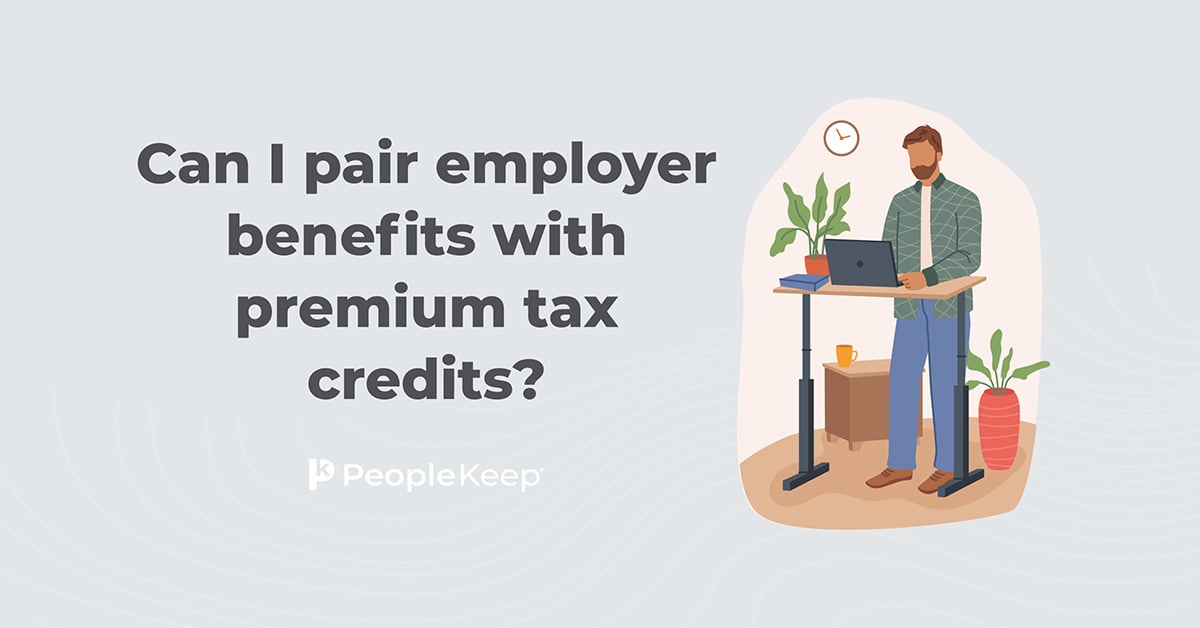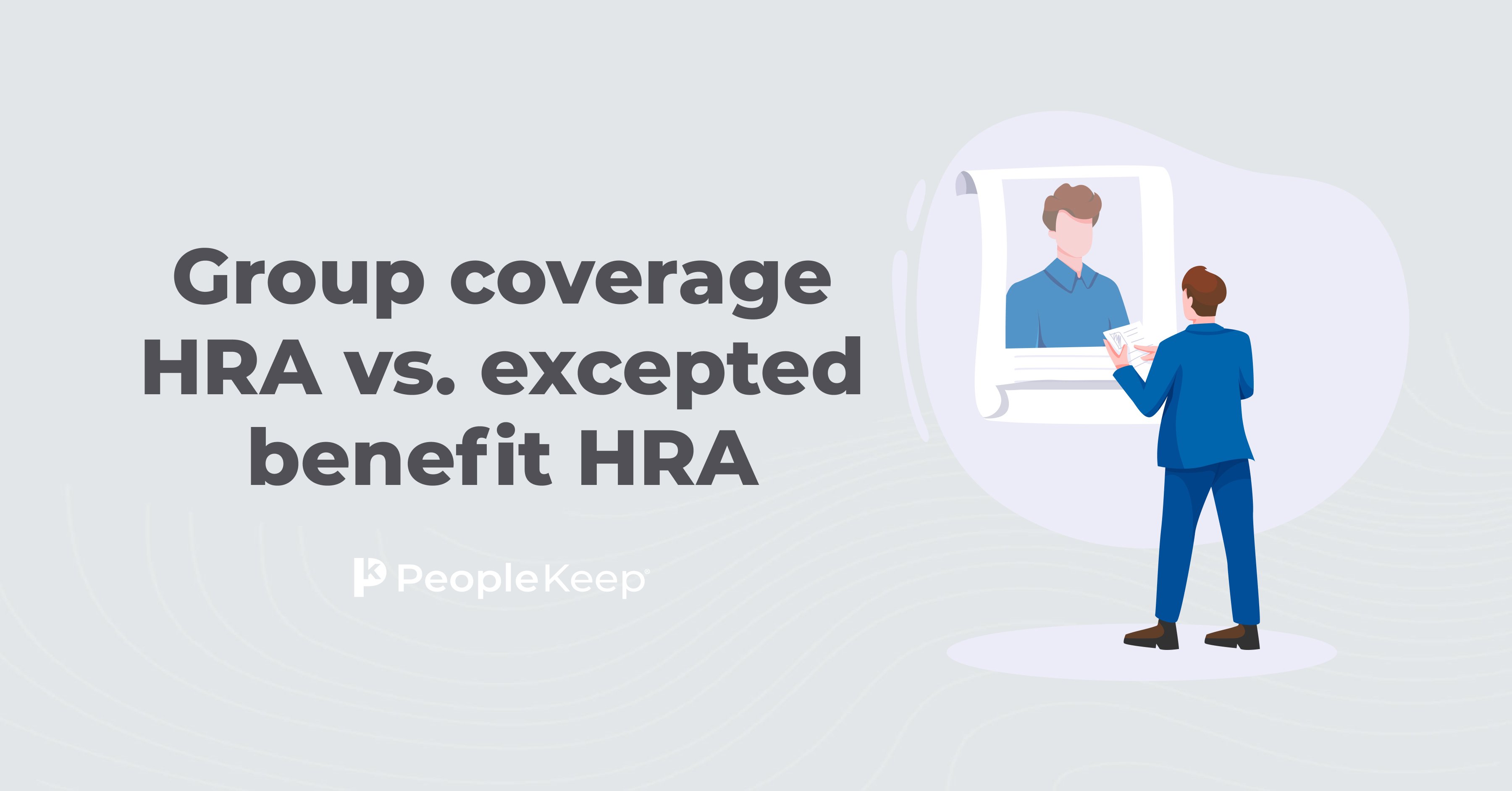The secret to negotiating lower medical bills
By Chase Charaba on January 16, 2024 at 8:56 AM
If you’ve ever been shocked by an expensive medical bill and wondered how you would pay for it, you’re not alone. KFF1 found that nearly 41% of Americans reported having some kind of medical debt in 2023. A CNBC Make It report also found more than half of those in debt admitted to defaulting on their billing statements2.
While it may be easy to put your medical bills on credit cards and hope for the best, there’s a better way to tackle owing thousands of dollars. Many Americans don’t realize that there are several handy tips to lower their medical care bills, find financial assistance programs, and even negotiate a more reasonable payment plan with their healthcare providers.
This article will cover seven ways to take care of your hospital bills and avoid as much medical debt as possible.
Learn more about HRA's and how they can lower out of pocket expenses.
Takeaways from this blog post:
- Negotiating medical bills requires starting the process early.
- Checking for errors on medical bills is important, as these can often occur and lead to billing disputes.
- Researching the insured rate for services received can help negotiate a lower price, and if you're unable to lower the price, setting up a payment plan may be an option.
1. Get started early
The most important thing to remember when negotiating your medical bills is to start the process early. It’s much more challenging to negotiate payment terms when it’s close to being due rather than having weeks to work with.
While credit score reporting agencies such as Equifax, Experian, and TransUnion no longer report medical debts3 on consumer credit reports for one year (or any medical debt less than $500), it’s still a good idea to negotiate a lower bill before it goes to a debt collector.
You should be ready to contact a billing department representative, your healthcare provider’s billing agency, and your health insurance company, if you have one, as soon as you receive a bill or an explanation of benefits (EOB). An EOB often shows what the hospital or healthcare service provider charged you for the care you received. This usually arrives in the mail or electronically between two and four weeks after your visit.
When you receive your bill, don’t pay for it with a credit card. Hospital bills generally aren’t sent to a collections agency immediately, so you have time to negotiate your bill with the hospital before making any upfront payments.
If you have a planned procedure or scheduled medical services, you can negotiate your bill before receiving treatment. You can reach out to your medical provider for the estimated cost of your treatment. Present this to your insurance company to see how much your health plan will cover. Now that you know how much you’ll be paying out-of-pocket, speak with your hospital’s billing office to see your options.
2. Make sure there aren’t any errors on your medical bill
When reviewing your bill, check for any errors that might have been made when the hospital entered your costs and services for billing. Billing disputes due to errors on medical bills are more common than you might think.
Some reports4 estimate that as many as 80% of medical bills contain a billing error, and up to 25% of skilled nursing facilities’ claims will be overpaid because of errors made on a patient’s medical bill.
Some of the most common medical billing errors include:
- Duplicate charges
- This occurs when you’re charged twice for the same procedure, which can result in excessive charges to your bill
- Incorrect billing
- This happens when your bills list charges for services you never received
- Upcoding
- This happens when your diagnosis is inflated from your actual condition, billing you for a more expensive treatment or procedure than you need
- Unbundled charges
- This can happen when a group of procedures that occurred together (and should be charged under a single code) get “unbundled” and are listed as separate services, charging you individually for each one
- Incorrect codes
- This occurs when the wrong code is listed on the bill for your hospital procedure
If you didn’t receive an itemized bill, ask for one from your healthcare provider. An itemized bill provides a more in-depth description of the services you received, including the medical billing codes on your EOB. This makes it much easier to understand your medical charges and find any mistakes.
3. Ask about any financial assistance programs
Once you’ve cleared up any errors on your bill, the next step is to look into any financial assistance programs your healthcare provider or hospital may offer.
The federal government and state laws require many hospitals and health systems to offer financial assistance to patients who can’t afford their medical bills as long as the service is considered “medically necessary.” This includes inpatient hospital stays and emergency room visits.
Under the Affordable Care Act (ACA), nonprofit hospitals must have written policies establishing eligibility criteria for receiving financial assistance and whether that assistance includes free or discounted healthcare.
These financial assistance programs are known by many different names, such as Charity Care, Bridge Assistance, or simply Patient Financial Assistance. If you have Medicaid, Medicare, or any other medical insurance, you’ll need to use those benefits before taking advantage of any financial assistance programs.
It’s important to mention that while some hospitals offer these services, they may not make you aware of them unless you ask, so it never hurts to check.
According to Kaiser Health News5, 45% of nonprofit hospital organizations send medical bills to patients who should qualify for charity care. These nonprofit organizations operate more than 1,651 hospitals across the country.
Speaking with your hospital directly will give you a better idea of what programs are available and what their policy is if you're experiencing financial hardship.
If assistance is available, you’ll need to apply. This may involve gathering information about your budget, the assets you own, tax returns, proof of income, and more.
If your financial assistance application is denied, you may be able to file an internal appeal.
4. Research the insured rate for your service
If you don't qualify for your healthcare provider's financial assistance programs, or they don't offer any, you'll want to start researching the “insured” rate for the services you've received.
Sometimes healthcare providers will charge uninsured patients more than their insured patients for the same service. This is usually because insurance companies will negotiate with healthcare providers for lower prices on behalf of the patient. However, insurance companies aren't the only ones who can negotiate—you can, too.
While negotiating without an insurance company is more complex, using well-researched numbers will help when you contact the hospital billing department. You'll want to determine what price an insurance company could negotiate for the service you received. Contact your healthcare provider's billing agency and politely ask that they honor that price. FAIR Health Consumer has a quick online tool you can use to estimate the cost of a medical procedure in your area6.
Additionally, you may be able to reduce your medical bills with the following tactics:
- Offer to pay a discounted bill upfront
- Many hospitals will negotiate a lower cost if you agree to pay that discounted total immediately. But, this option isn’t available to everyone depending on your financial situation.
- Compare the cost of your healthcare services to those listed
- You can use sites like Healthcare Bluebook to determine if a provider overcharged you for a service.
5. Request or negotiate your payment plan
If you can’t negotiate a lower price with the billing manager—don't worry! You're not out of options just yet. While some healthcare providers can't budge on their price, they may give you a more affordable payment plan.
For example, rather than paying your entire medical bill all at once, you may be able to break it up into several monthly installments, allowing you to pay it off bit by bit over time.
Hospital and clinic bills are usually interest-free, unlike your monthly credit card bill. So paying off a monthly payment to your hospital will be more affordable in the long run than making monthly payments on your credit card to try and pay off your medical bill.
6. Check to see if the expense is HRA-, HSA-, or FSA-eligible
Once you have a clear idea of what you’re expected to pay—whether it's all at once or in monthly installments—you'll want to check and see if you can pay the service you received with any of your health accounts or, better yet, get reimbursed by your employer with a health reimbursement arrangement (HRA).
While health accounts like health savings accounts (HSAs) and health flexible spending accounts (FSAs) will include some of your own contributions, your HRA allowance is made entirely of your employer's contributions. If your employer provides an HRA, the medical expense you incur is HRA-eligible, and it's less than your monthly allowance amount, you won't pay a single cent out of pocket.
7. See if your employer offers a health stipend
Lastly, if your employer doesn't offer an HRA or your benefits don't cover the total amount owed, check with your employer to see if they can reimburse you for the remainder with a health employee stipend.
Health stipends are taxable benefits that allow your employer to reimburse you for medical care costs, much like an HRA. Because employee stipends are taxable, there are fewer restrictions on which benefits are eligible for reimbursement and who is eligible for the benefit.
For example, a health stipend doesn't require you to have health insurance coverage to receive reimbursement. Keep in mind that you'll be taxed on the reimbursement amount, and it will appear on your W-2 as income.
What if I can't negotiate lower medical bills?
If you can’t lower your medical bills to an affordable price and your employer doesn’t offer benefits such as HRAs or stipends, options are still available for quicker debt relief. If you qualify for a 0% APR credit card for an introductory period, you may be able to make interest-free payments for 12 to 18 months. Additionally, medical credit cards are available at lower interest rates so that you can pay for your medical costs over time.
Conclusion
While getting a steep medical bill may be stressful, it's important to remember that those charges aren't always set in stone. By following the tips in this article, you'll be more capable of negotiating a lower medical bill or a unique payment plan that you and your family can afford. Even better, if your employer offers an HRA or health stipend, you have even more ways to pay off your medical bills.
This blog article was originally published on August 25, 2021. It was last updated on January 16, 2024.
1. https://www.kff.org/health-costs/issue-brief/americans-challenges-with-health-care-costs/
3. https://www.cnbc.com/select/medical-debt-credit-report/
4. https://etactics.com/blog/medical-billing-error-statistics
5. https://khn.org/news/patients-eligible-for-charity-care-instead-get-big-bills/
Check out more resources
See these related articles

Can I pair employer benefits with premium tax credits?
Discover if you can combine employer benefits with premium tax credits when it comes to health insurance. Get all the answers in this informative post.

Group coverage HRA vs. excepted benefit HRA
Get a side-by-side comparison of group coverage HRAs and excepted benefit HRAs so you can know which one is best to supplement your group health plan.

How to make a high deductible health plan work for you
Are you wondering if a high deductible health plan is worth it? Find out how to maximize the benefits of an HDHP with this helpful guide!


